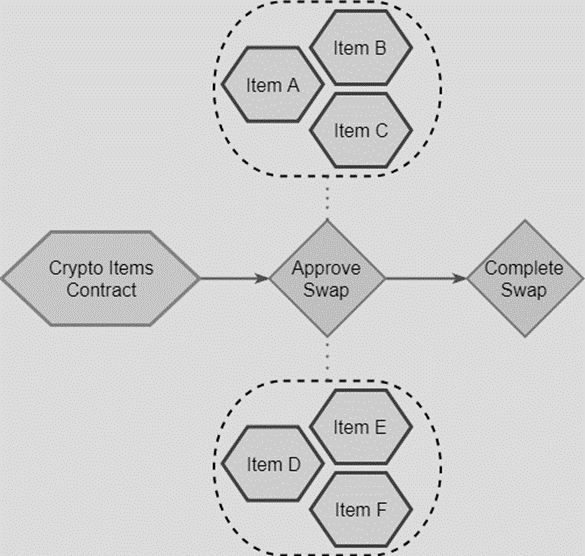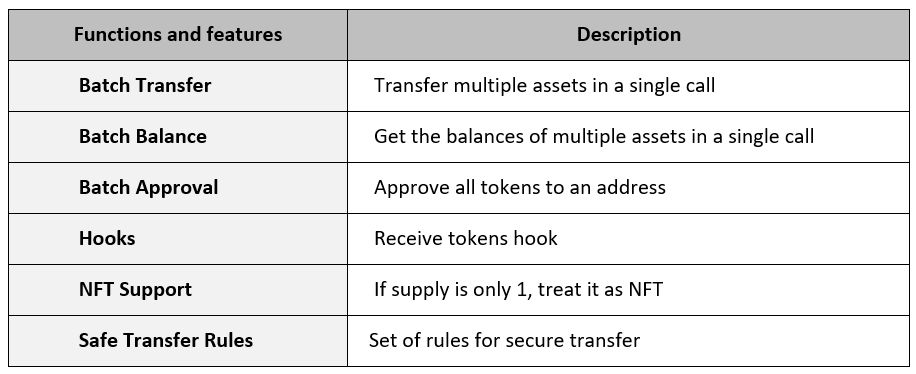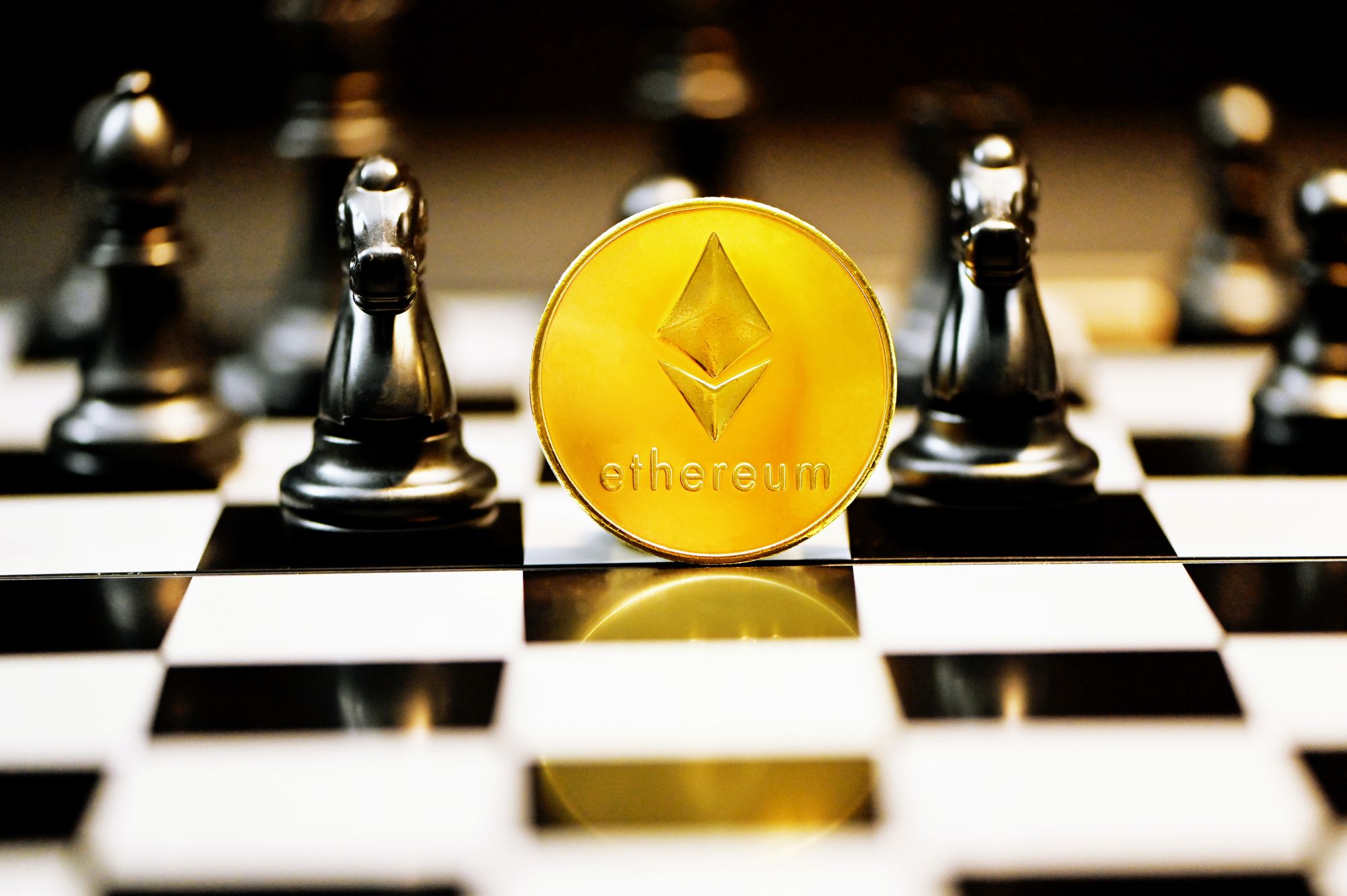ERC-1155: The Multi-Token Standard
What is the aim of the ERC-1155 token standard?
The Ethereum blockchain has several standards available for token and smart contract deployment. Each one serves a specific purpose. Most commonly used are the ERC-20 for fungible tokens and ERC-721 for non-fungible tokens. Then, there is a third: ERC-1155. Referred to as the multi-token standard, this protocol is the accepted interface that can combine multiple token types under a single contract.

Why is ERC-1155 an important standard interface?
What does this mean? In simple terms, there is no limit to the number of tokens or configurations that an ERC-1155 contract can represent and manage at a given time. Be it fungible, semi-fungible, or non-fungible, an ERC-1155 smart contract unites all crypto asset forms. In this sense, this type of token can perform the same functions as an ERC-20 and ERC-721 token. It is even able to handle the functions of both combined—and at the same time. The ERC-1155 token standard is appreciated for its versality.
How does ERC-1155 on-chain deployment work?
EIP: The protocol enables every token ID to represent a new configurable token type, which may have its own metadata, supply, and other attributes. The _ id argument each function holds in its argument set means a specific token or token type in a transaction. ERC-1155 doesn’t use the ‘transfer’ function.

A contract applying this particular standard must implement all the functions in the ERC-1155 interface. This includes the ERC-165 (interface detection) supportsInterface function. Also, such a contract must return the constant value true if 0xd9b67a26 (identifier) is passed through the interfaceID argument.


Who will find the ERC-1155 useful for application?
When Ethereum expanded its ERC options from fungible token and NFT transfers to allow the inclusion of various types and configurations using a single contract—namely the ERC-1155—its ecosystem gave rise to a new breed of creators and collectors. This meant smart token contracts were now adaptable to interchangeable and unique crypto asset deployment via an infinite quantity of token combinations.

Which are its key advantages for blockchain users?
Once verified for the blockchain, a contract cannot be changed. When deployed, a contract (and the crypto assets it represents) is added to the network. Given the nature of how it is operates, new functionality is possible with this ERC design. Plus, its ability to transfer multiple tokens at once helps with transaction cost savings. Trading (escrow or atomic swaps) of multiple tokens can be built on top of this Ethereum standard. Also, it omits the need to “approve” individual token contracts separately.
Here is a list of ERC-1155 tokens that are available on Etherscan.
